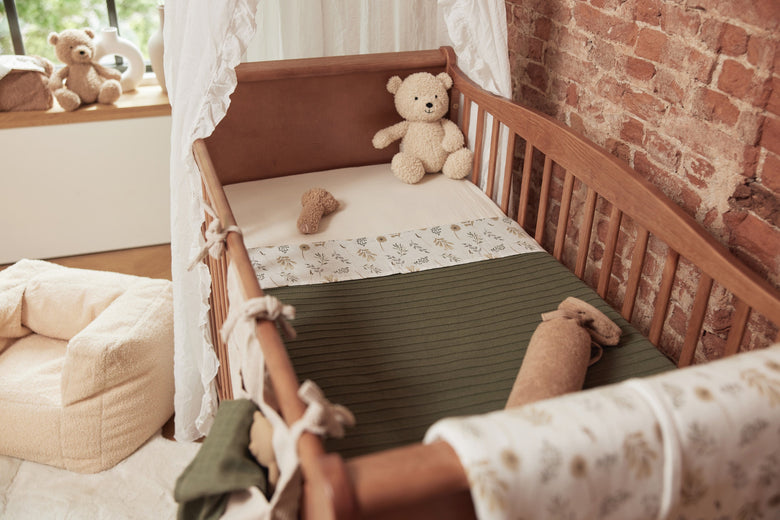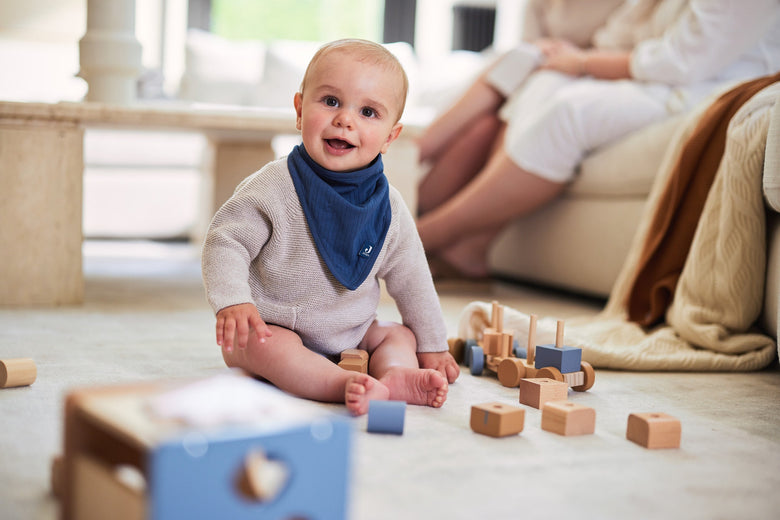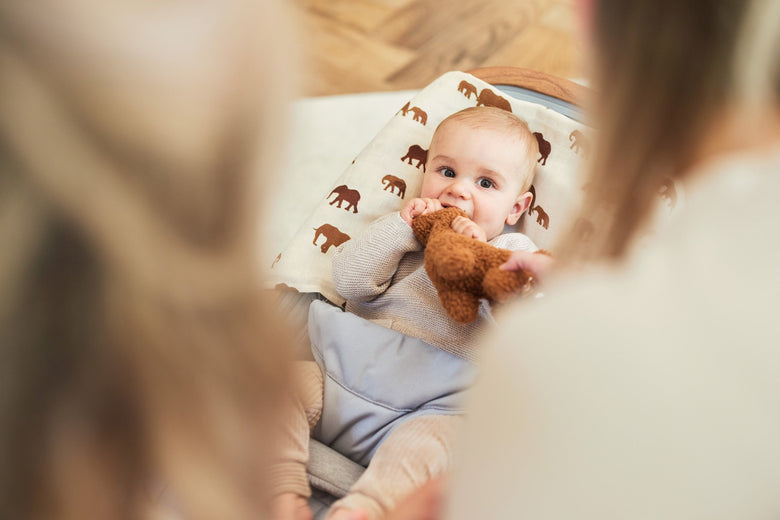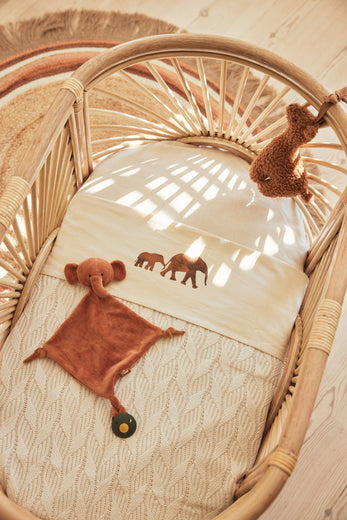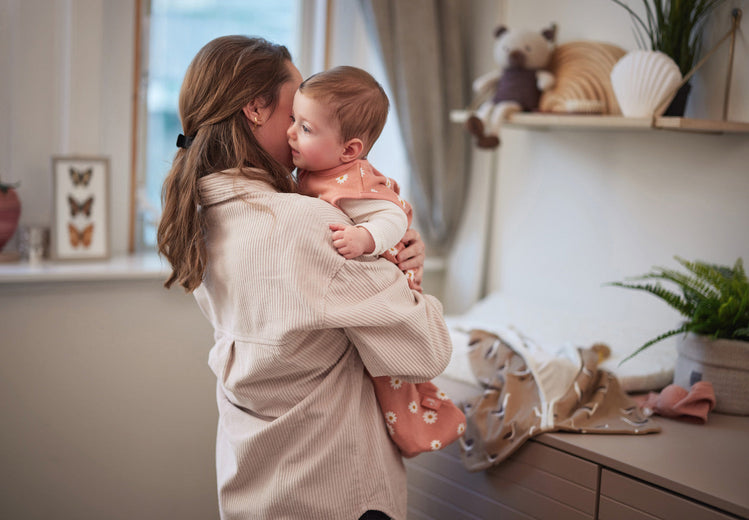
A day in the life of a midwife
Ankie lives with her partner and is the mother of four children (aged 3, 7, 11, and 13). She has been a midwife in Assen for nearly 14 years, working at Aiber Midwives and Verloskundigen-Kloosterveen. In this blog, Ankie takes you through a typical day as a midwife.
It’s Wednesday evening, and I have just taken over the shift from my colleague. For the next 48 hours, I am on call for all births and phone calls. When I wake up Thursday morning, I’m happy I managed to get a good night’s sleep. Full of energy, I start my visits. With the radio turned up to 10 and my singing voice only suitable for a private audience, I drive through my hometown of Assen.
All new mothers receive a visit from us every other day during the first 8-10 days after birth. Sometimes it’s just a quick check-in to see how things are going, but usually, we chat a lot. We discuss the birth in detail and how the recovery is progressing. Because yes, recovery doesn’t always go smoothly. Feeding problems, painful engorged breasts, sensitive stitches, all while coping with a hefty dose of hormones. This is the average new mother...
I start with Willemijn, who gave birth to her first child five days ago. Her delivery didn’t go quite as planned, but despite that, she looks back on it positively. The day before yesterday, my colleague visited her and she was glad it was all over and she could now enjoy her beautiful baby girl. Although breastfeeding was still a bit challenging, she visibly enjoyed her new role as a mother, fueled by the adrenaline that is present during the first 2-3 days after birth. I stand at the door, and as soon as I enter, I can see it’s not her day. She’s tired! It was another restless night and breastfeeding is still not going well. The little one isn’t latching properly yet, and in the first week, that often requires a lot of patience. Just as we both get a cup of tea from the maternity nurse, she bursts into tears. “How do people do this?” Willemijn asks. I comfort her by saying it’s a completely normal feeling, very common, and that a better night is definitely coming.
As a mother of four, I completely understand her feelings. Whole days are spent feeding, comforting, changing diapers, and not forgetting to eat and drink yourself—and oh yes, sleeping whenever possible. It’s especially intense with the first child. Now that I have four children, I sometimes long for how it was with just one baby, but then I quickly remember that was actually the hardest. By the second, third, or fourth child, you usually know what to expect and tend to be more confident than with the first.
We chat a while longer, and once the tears have dried and we’ve even shared a few laughs, I advise her on some breastfeeding tips and suggest she get some fresh air because the walls are closing in on her. Just a short walk outside—not too far—just to clear her head, and then some rest while the maternity nurse watches the baby. Relieved with a new plan for the next 24 hours, a big hug she desperately needed, and a caring maternity nurse, I continue with my visits.
The great thing about postnatal visits is that, in most cases, there’s no time pressure like at the clinic. Unless there’s a birth in progress—in which case, I sometimes have to speed up my visits. Not exactly my best trait in this task. My husband calls it a tea party, but fortunately, we midwives know better. You are responsible for the health of mother and child. You want everything to go well during that first week. Usually, you provide lots of explanations and advice or offer a listening ear and sometimes a supportive arm... and yes, sometimes when everything goes really well, we do end up chatting quite a bit and it really feels like a tea party. So maybe my husband has a little bit of a point after all...

